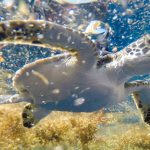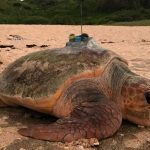← Back
Katrina Phillips, Junevile sea turtles and Marine Protected Areas in the Gulf of Mexico
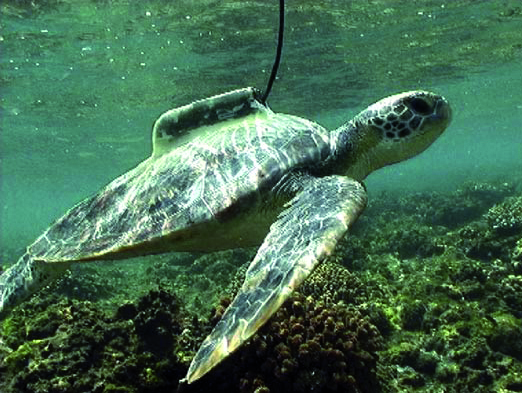
All sea turtles living in U.S. waters are listed as either endangered or threatened under the federal Endangered Species Act. Turtles face both natural threats and human-caused threats, including accidental capture in fishing gear, poaching and habitat destruction. The Gulf of Mexico is home to 5 of the 7 sea turtle species, who use the Gulf and its coastal habitats during critical lifecycle phases, including nesting and breeding. In the Gulf of Mexico, there are 295 MPAs, covering over 280,000 square kilometers of open water and coastline, where human activities, including fishing, are regulated. Katrina Phillips, of the University of Central Florida, uses Argos satellite telemetry data from 2011-2016 to take a closer look at the overlap between protected areas and sea turtle movement patterns in the Gulf of Mexico.
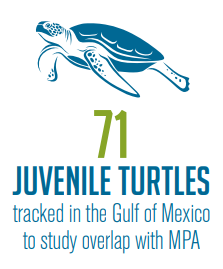
KATRINA PHILLIPS
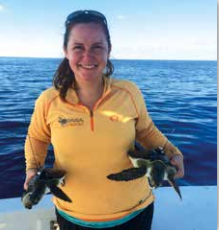
Katrina Phillips is a Ph.D. student studying conservation Biology in the Marine Turtle research Group at the University of Central florida. Her research focuses on describing when, where, and why juvenile sea turtles in the oceanic life stage shift between habitats the Gulf of Mexico.
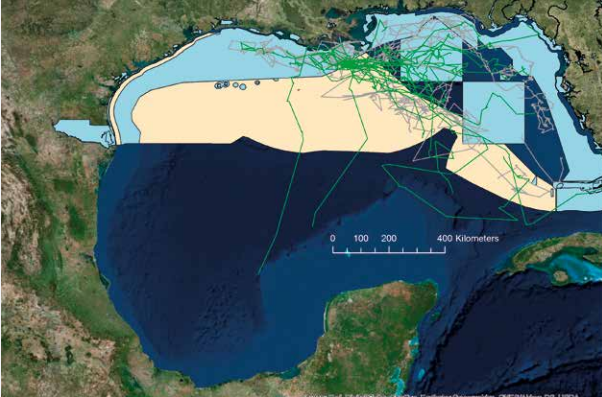
Example tracks of wild-caught oceanic Kemp’s ridley (grey) and green turtle (green) juveniles in the Gulf of Mexico between 2011 and 2014. The majority of individuals tracked entered a marine protected area during the tracking period, as shown above. Marine Protected Areas are in light blue and juvenile loggerhead Sargassum critical habitat is in cream.
The beach is nice and smooth after last week’s high tides and some heavy rain over the weekend, so hatched sea turtle nests are easy to spot: dozens of little tracks in the sand. If you’re lucky, you may even find hatchlings still emerging from the nest after sunrise, like these green turtles we found on survey today in the Archie Carr National Wildlife Refuge. Through October 13, our total nest counts from morning surveys in the Brevard County portion of the Refuge are: Loggerheads – 11,542 nests Greens – 12,902 nests Leatherbacks – 43 nests Don’t worry, all the little ones in the video made it to the water just fine. Video by Katrina Phillips, UCF-MTRG
Publiée par UCF Marine Turtle Research Group sur mardi 13 octobre 2015
Useful links:
Loggerhead Sea Turtle Critical Habitat in the Northwest Atlantic Ocean
NOAA’s Marine Protected Areas Inventory

